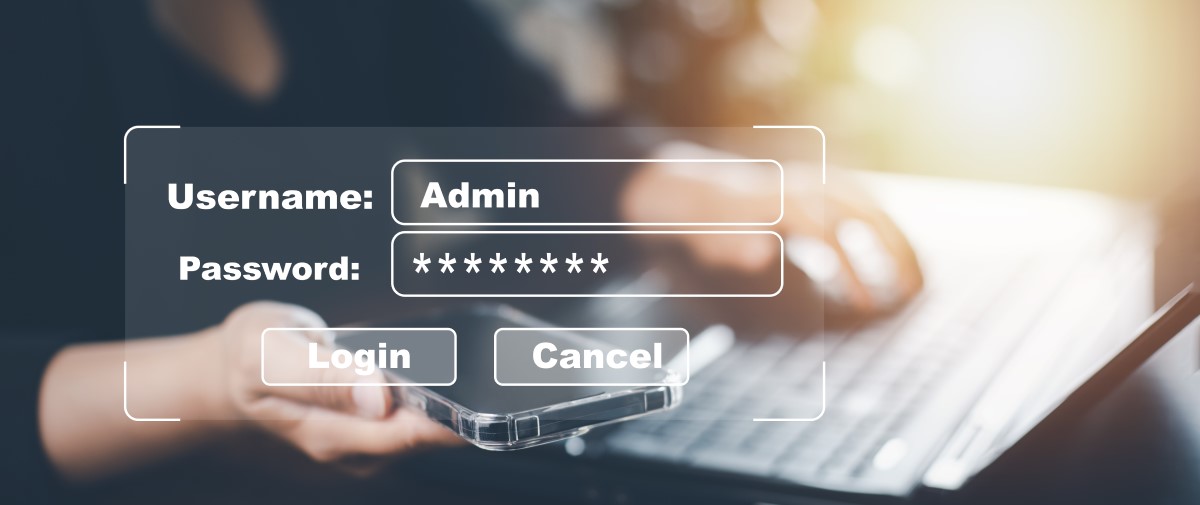Cyberattacks often begin not with advanced hacking—but with a single compromised employee login found on the dark web. While companies invest in firewalls, endpoint protection, and employee training, one area remains dangerously underestimated: the exposure of employee credentials on the dark web.
It’s easy to assume that data breaches only happen to large corporations or through high-tech, sophisticated malware. But in reality, many cyberattacks start with something much simpler—one compromised employee login. And once that credential is posted or sold on the dark web, your organization becomes an open target.
Why the Dark Web Is a Business Problem
The dark web is a hidden part of the internet that isn’t indexed by search engines and requires specialized software like Tor to access. It’s also where cybercriminals trade stolen data, including usernames, passwords, credit card numbers, and even full employee profiles.
What makes this particularly dangerous for businesses is the growing market for corporate credentials. Once compromised, an employee’s login details can be used to:
-
Access email accounts
-
Enter internal systems
-
Steal sensitive files
-
Launch ransomware attacks
-
Impersonate executives in phishing schemes
One exposed login can trigger a chain reaction of security breaches, leading to reputational damage, financial losses, and regulatory consequences.
How Employee Data Ends Up on the Dark Web
Even if your systems haven’t been directly breached, your employees’ credentials could still be circulating on the dark web. Here’s how:
1. Phishing Attacks
Employees receive emails designed to trick them into entering their login credentials on fake websites. These phishing emails often mimic trusted platforms or internal communications.
2. Third-Party Breaches
When employees reuse their work emails and passwords for non-work services—such as online shopping, social media, or subscription tools—a breach in any of those services can expose business-related credentials.
3. Weak or Reused Passwords
If an employee uses the same password across multiple accounts, attackers can use one exposed set of credentials to break into your systems. This technique, called credential stuffing, is one of the most common attack methods.
What’s at Stake for Your Business
The consequences of employee credential exposure go far beyond individual accounts:
-
Internal System Access: Attackers can move laterally through your network, gaining access to internal tools, databases, and client information.
-
Executive Impersonation: High-level employees are often targeted for business email compromise (BEC), allowing attackers to impersonate them and authorize fraudulent payments.
-
Customer and Client Data Leaks: If customer data is stolen, your business could face legal consequences and damage to its reputation.
-
Regulatory Penalties: Industries like healthcare, finance, and e-commerce must adhere to strict compliance standards (HIPAA, GDPR, PCI-DSS, etc.). A breach involving exposed credentials can lead to serious fines and audits.
Proactive Protection Starts with Visibility
Traditional cyber security measures often don’t detect when credentials are already leaked or sold on the dark web. That’s where dark web monitoring becomes a critical layer in your defense strategy.
By continuously scanning dark web marketplaces, forums, and breach data repositories, dark web monitoring tools can:
-
Alert you in real time when employee emails or company domains appear in breached data
-
Help you act quickly, by prompting password resets or account lockdowns
-
Identify trends in how your organization is being targeted
-
Reduce your risk exposure by preventing further access with compromised credentials
Stay Informed. Stay Protected
Cyber security isn’t just about stopping attacks—it’s about knowing when you’re already exposed. The dark web won’t stop growing, but with proactive monitoring, your business doesn’t have to be caught off guard.












